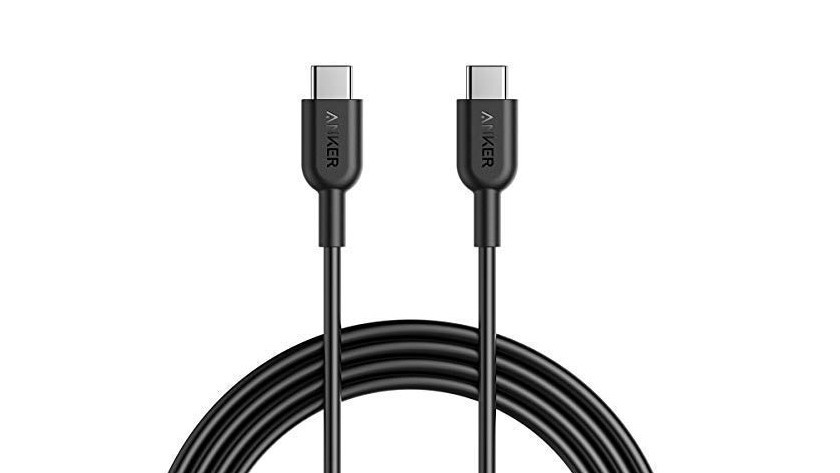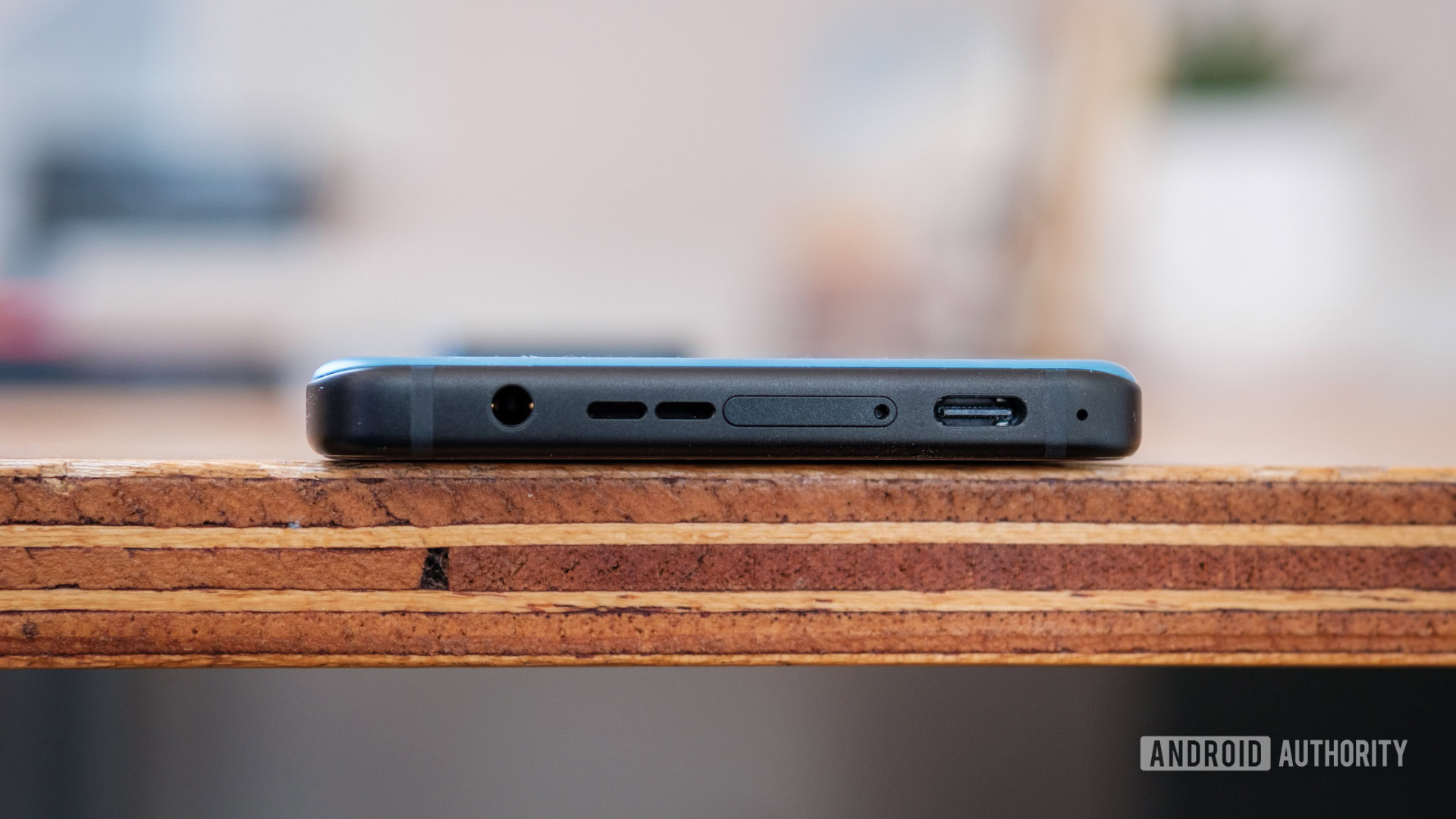Affiliate links on Android Authority may earn us a commission. Learn more.
USB 4 is official, brings faster speeds and 100W charging support

There’s a new USB spec in town and it brings faster speeds with it. Announced earlier this year, the USB-IF has signed off on the latest standard. Of course, USB 3.2 is far from commonplace so it is going to be a while before you see USB 4 compatible products.
So what’s new with USB 4?
USB 4 doubles the peak data transfer rate from 20Gbps to 40Gbps. It uses the same dual-lane architecture as USB 3.2 but doubles individual lane-transfer speeds to 20Gbps to reach a cumulative 40Gbps. You will need USB 4 certified cables to take advantage of these speeds. Of course, Thunderbolt 3 has supported 40Gbps transfer for a while now, and that brings us to the next bit.
The standard has backward compatibility all the way to USB 2.0, but the bigger addition is Thunderbolt 3 support. Since USB 4 is built on top of Intel’s Thunderbolt 3, future hardware should be able to make use of those higher speeds on older Thunderbolt-compatible devices.

While it has been possible to use a single cable for transmitting data and video since the first USB 3 standard rolled out, the implementation has been fairly iffy. The USB 4 spec seeks to solve this through smarter and more efficient routing. Expect greater and more sustained transfer speeds even while using a high-resolution external display with your laptop.
Finally, the USB 4 spec brings with it support for 100W charging over the USB Power Delivery standard. We expect more details at the upcoming USB Developer Days conference.
When should I expect USB 4 hardware?
Going by how slow the uptake has been on USB 3.2, you shouldn’t expect USB 4 hardware any time soon. In fact, the latest Snapdragon 855 chipset still doesn’t support USB 3.2. By all estimates, the earliest you should expect hardware supporting the new standard would be in the second half of 2020. You will, of course, need compatible peripherals as well to make use of those blazing fast speeds.